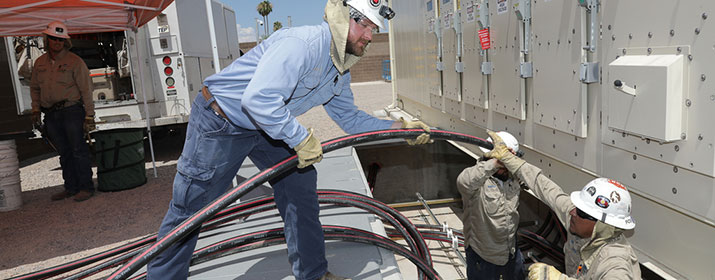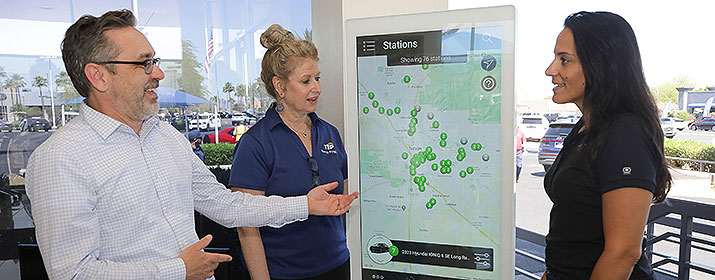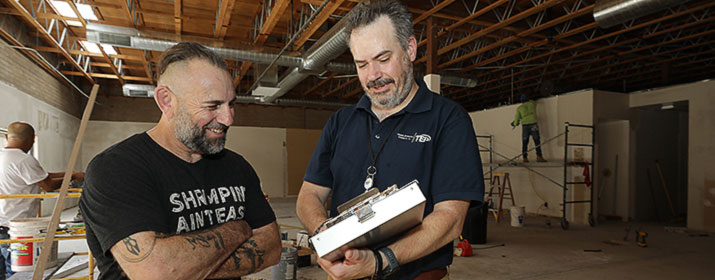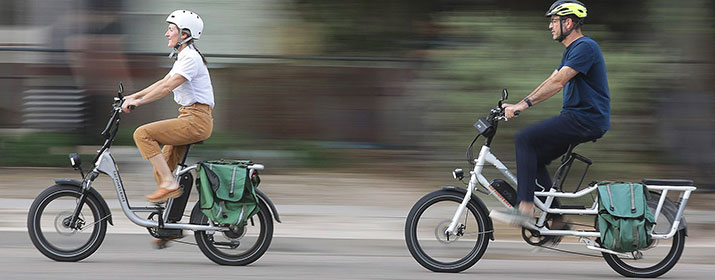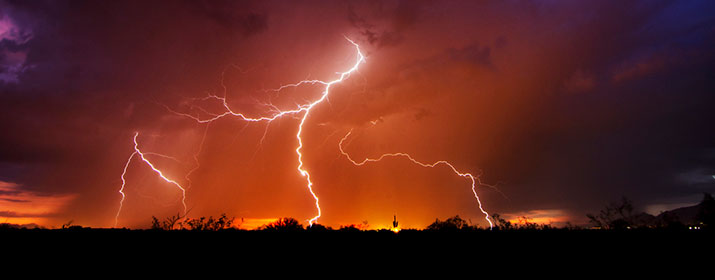
Monsoon storms are popular with locals and visitors alike, as they provide a cool, wet respite from triple-digit heat and contribute to brilliant sunsets.
But heavy downpours, high winds and spectacular lightning shows can also damage our local energy grid, causing power outages. It’s important to be prepared so you can stay safe when the storms hit.
Be aware
Keep an eye on weather forecasts to know when a potentially destructive monsoon storm is headed your way. Tune in to local radio and TV stations and sign up for free weather alerts from the National Weather Service and Pima County Emergency Management.
Be prepared
Check your emergency kit now so you’re prepared when storms hit. Refresh any outdated items. Your kit should contain flashlights, a battery-powered radio, fresh batteries, a first aid kit, non-perishable food and drinking water – one gallon per person, per day, along with water and food for pets.
Purchase and use surge protectors. These can protect your electronics from destructive, lightning-induced power surges.
Mobile phones are a must, as they help you maintain communication when power outages hit. Keep your mobile charged and, if necessary, use your vehicle’s power outlet to charge your phone.
If you rely on electronic medical devices or refrigerated medications, consult your healthcare provider for a power outage plan. Consider having a backup generator and ice chests on hand or create a plan to stay with friends or family members who have power.
TEP customers with medical devices that require electricity are encouraged to enroll in our Medical Device Alert program. Customers in this program are kept informed about the status of service interruptions, including the estimated time of restoration.
When in doubt, wait it out
If you see a heavy storm coming while you’re away from home, it’s best to get indoors or pull over and wait until the weather clears. If you’re in your vehicle, pull your vehicle off the road as far to the right as possible. Most importantly, don’t cross a flooded wash, even if it doesn’t look that deep. Flash flooding creates powerful running water and poses a safety risk.
What to do if the power goes out
There are several safety steps to take when a power outage occurs.
STEP 1: Turn off your air conditioner. When power is restored after a summertime outage, the resulting surge of demand from multiple air conditioners starting up at the same moment on the same distribution circuit can cause voltage instability, potentially resulting in equipment damage. Manually turning the unit on after the power is restored is safer.
Your other appliances and electronics can be protected by surge protectors.
STEP 2: Stay hydrated and wear loose, breathable clothing. Consider purchasing cooling neck wraps and battery-operated fans to use during outages to help regulate your body temperature when air conditioning isn’t available.
Check TEP’s outage map for estimates on power restoration. In the event of an extended outage, check pima.gov/heat to see whether community cooling centers are operating.
STEP 3: Stay away from downed power lines. Even if it looks safe, a downed power line can still be energized and deadly. Call 911 to report any downed power lines and wait for help to arrive. If you’re in your car and a power line falls on your vehicle, do not exit the car. Call 911 and wait for help. If you must evacuate, watch this video to learn more about how to do it safely.
STEP 4: Minimize food loss by keeping your refrigerator and freezer doors closed. Refrigerators will generally keep food cold for about four hours without power. However, if the temperature of the food exceeds 40 degrees for 2 or more hours, throw it out rather than risk food poisoning.
How do you know if the temp has risen? Here’s an easy trick: Before an outage, put a cup of water in the freezer. After it freezes, place a coin on top of the ice. During an outage, if you find the coin below the ice, you’ll know the freezer thawed at some point and the food is likely unsafe.
Another way to prepare is by filling plastic milk jugs with water and freezing them. Place them in the refrigerator to keep your food cold during the outage. They can also be used for drinking water.
STEP 5: Never use electric appliances or touch electrical wires, switches, or fuses if you’re wet or standing in water. Keep electric tools and equipment away from wet surfaces and avoid using them during heavy rain or flooding.
For more information on our storm response, visit tep.com/outages/


